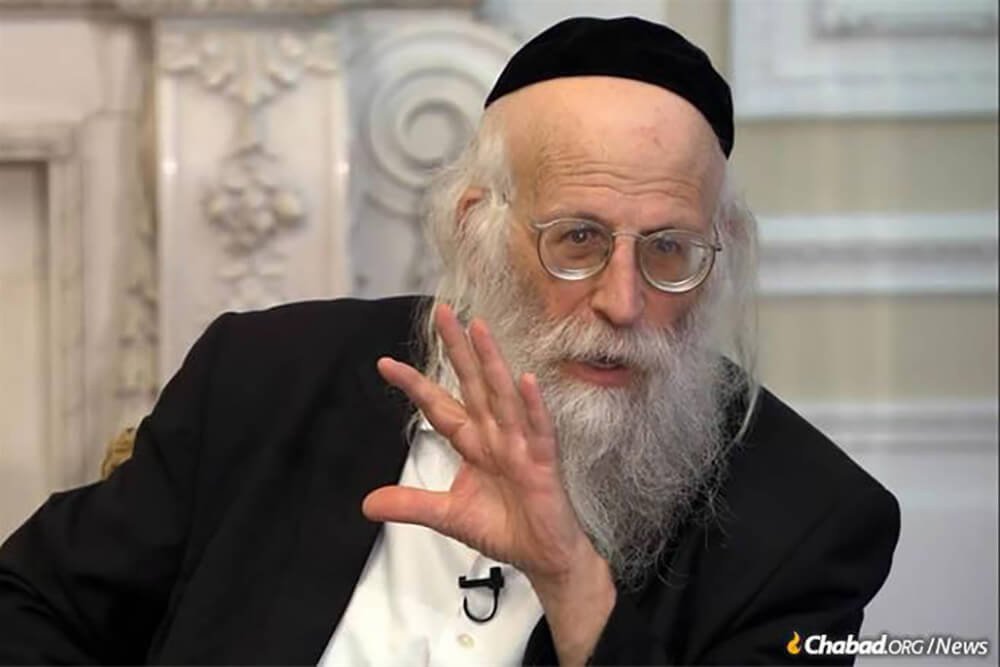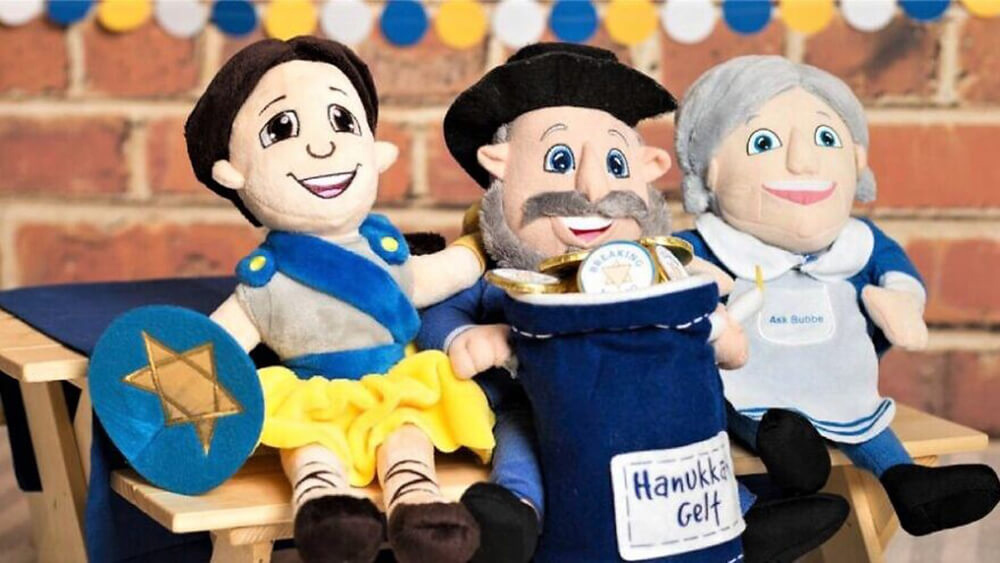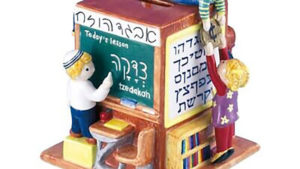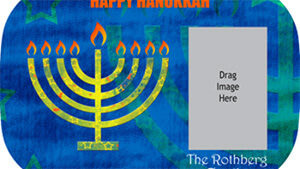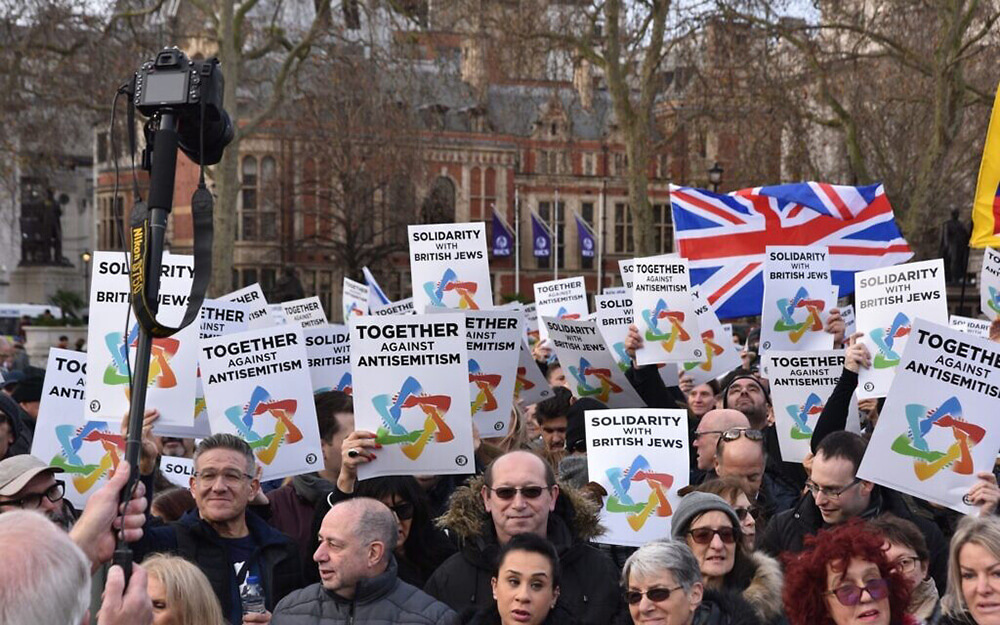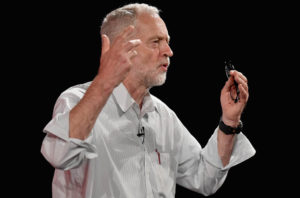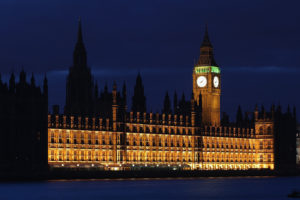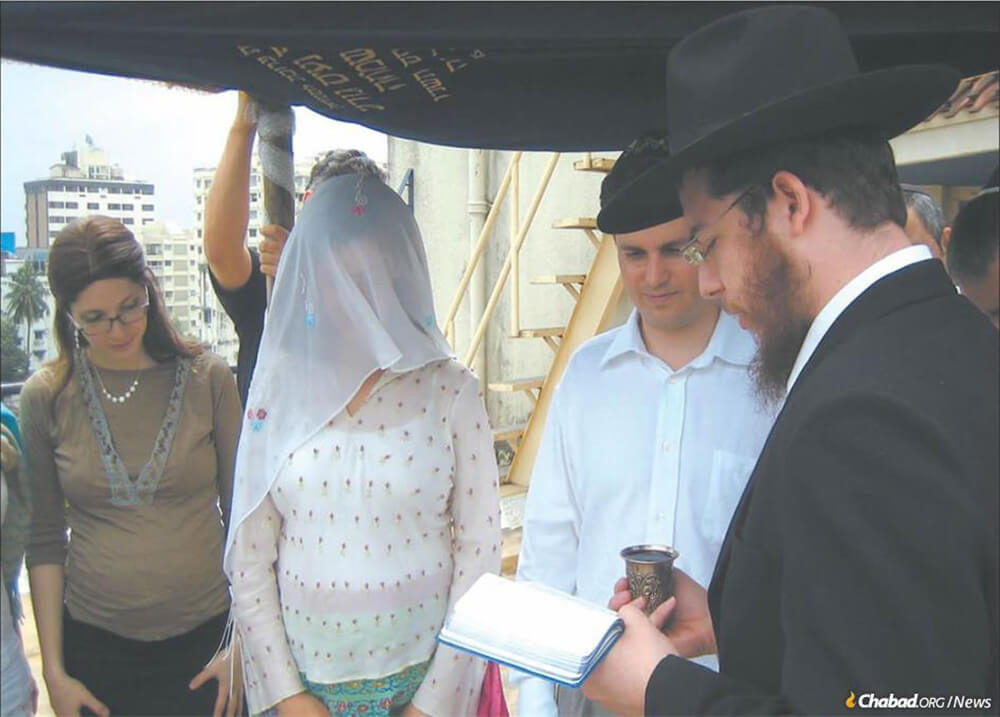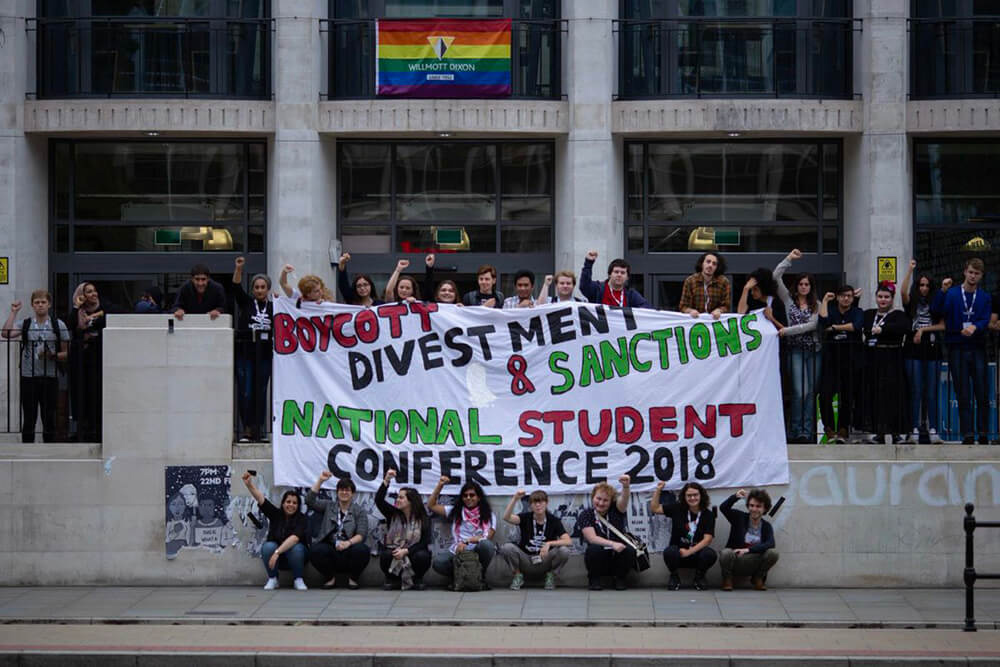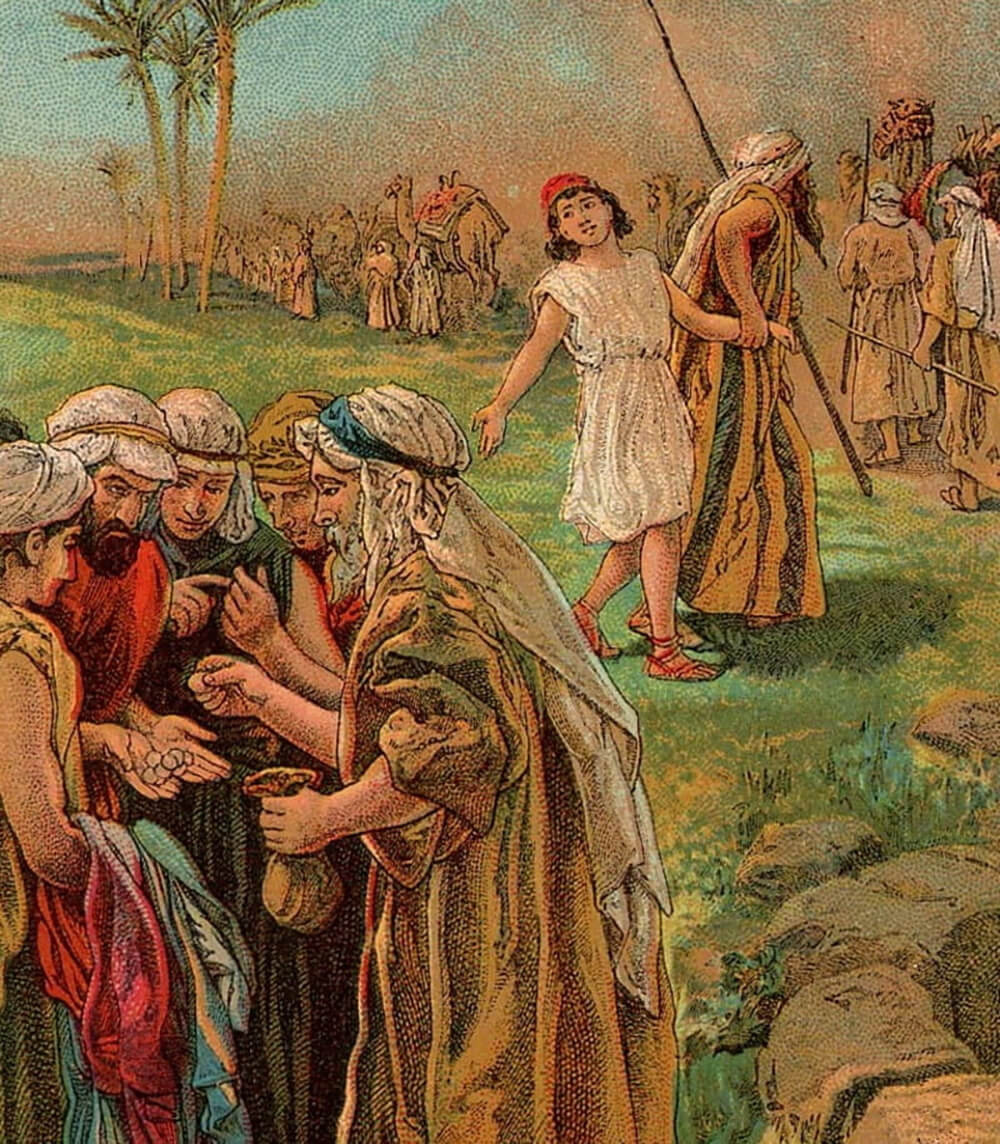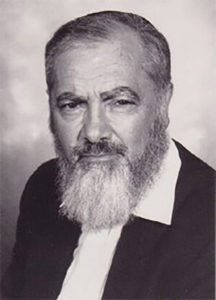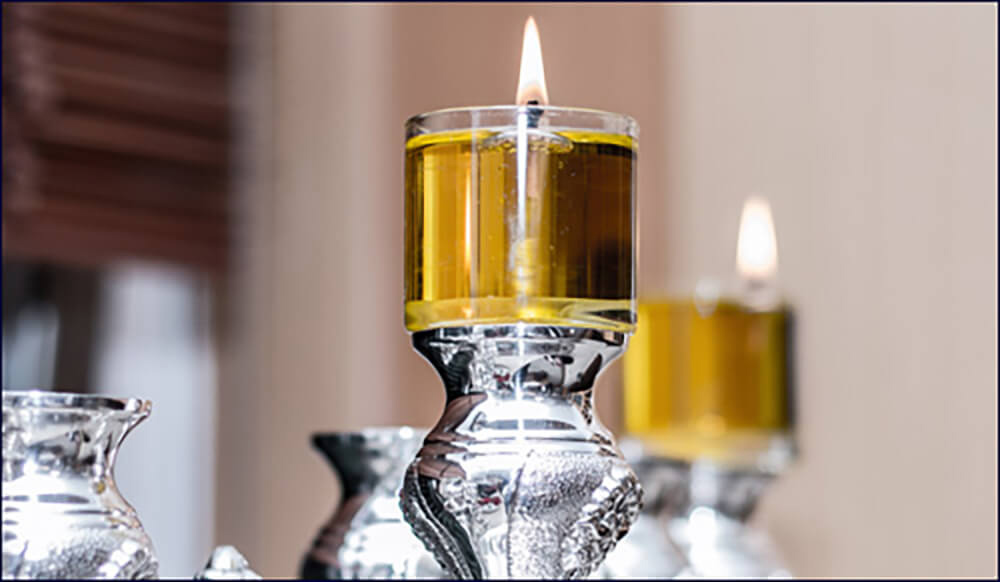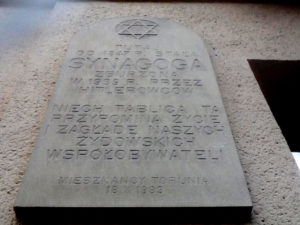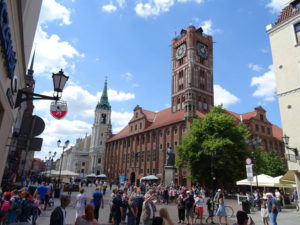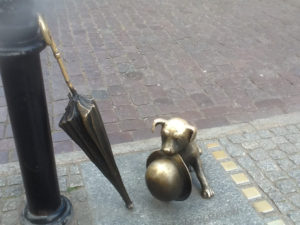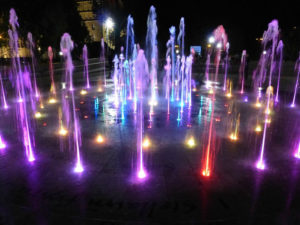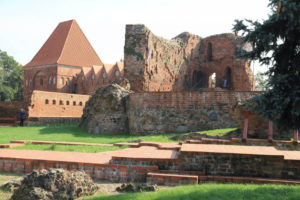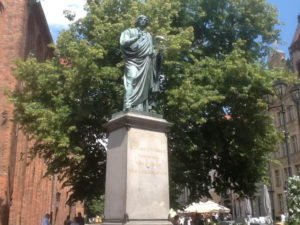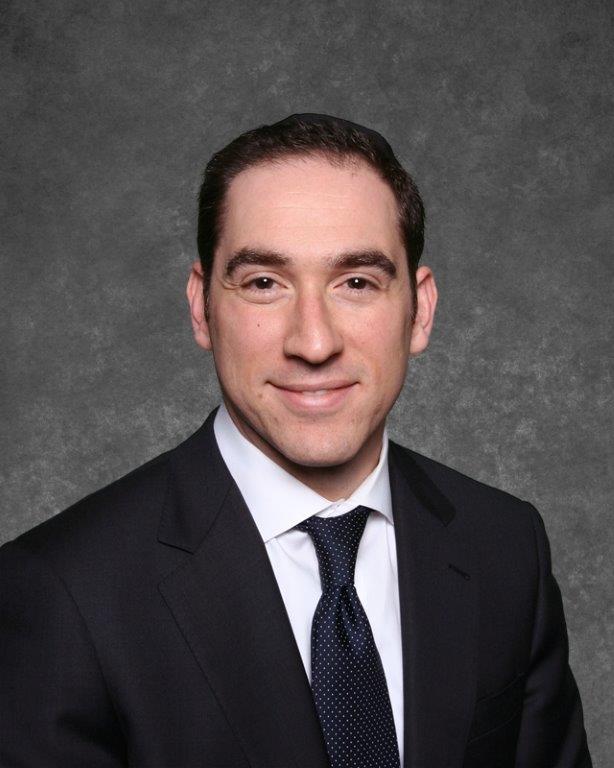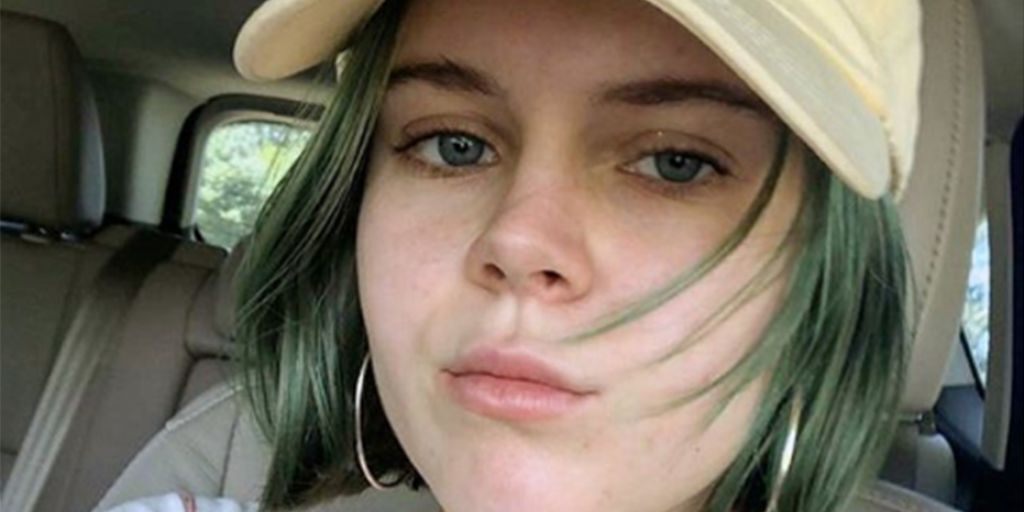Historian Avraham Rosen discusses his groundbreaking new book that holds relevance for all
By: Yaakov Ort
In “The Holocaust’s Jewish Calendars,” historian Avraham (Alan) Rosen presents a groundbreaking and richly illustrated exposition on the Jewish concept of time by examining handwritten, typed and printed calendars that Jewish men and women created during the Holocaust in ghettos, in concentration camps and in hiding after conventional calendars were no longer available. Rosen earned his Ph.D. at Boston University under the supervision of Elie Wiesel, and has taught Holocaust literature, testimony and history at universities, seminaries and yeshivahs in Israel and the United States, as well as at Yad Vashem’s International School for Holocaust Studies in Jerusalem. He recently took some time to answer questions and discuss the research relevant to his book.
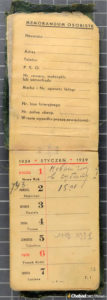
A: I’ve been a student of the Holocaust for 40 years, have written other books on the subject and lecture about it in a number of venues. My previous book focused on testimony, and I noticed that those giving testimony often invoked the Jewish calendar, saying, for example, “our deportation took place before Shavuos.” I wondered, “How did he or she know? Did they have a Jewish calendar to consult?” Also, the Holocaust, as we know, caused great upheaval and hardship. Could anyone be concerned about keeping track of time when the conditions of life were so overwhelmingly difficult? Many scholars thought no. My hunch was yes.
Q: One of the most brutal and effective forms of torture and coercion is to rob the prisoner of his sense of time. Doing that was a key tool and strategic initiative that the Nazis used in the concentration camps. This is true in any culture, but as you note in your book, it is something that is particularly destructive of identity when applied to a Jew. Why is that? What is it about the Jewish concept of time that is so special?
A: Yes, there are many special aspects. For instance, the Jewish day begins at night, at sundown. That means every day moves from darkness to light. Moving towards light has profound associations at any time. When dealing with a period of history as “dark” as the Holocaust, such symbolism surely carries even more weight. Also, the Jewish calendar is basically a lunar calendar, with every month beginning with the onset of the new moon and a full moon marking the middle of the month. So as one shrewd scholar of this period noted, even in Auschwitz, there was always a full moon—meaning that even those bereft of a Jewish calendar per se could by looking up at the nighttime sky roughly reckon the point of time in the Jewish month.
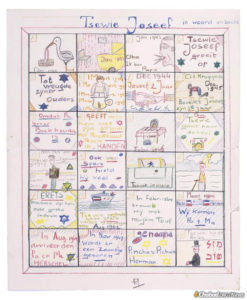
A Jewish teenager in hiding in Moravia took this another step, illustrating in his diary the phases of the moon and thus in that fashion tracking Jewish time. I should note that the printed version of his diary does not include these illustrations; it was only when I examined the original manuscript that I came across the phenomenal illustrations that the printed editions of the diary had omitted. Such discoveries are one of the privileges of research of this kind. As a chapter of my book shows, Holocaust diaries like the one of this teenage boy often served as surrogate calendars, and were especially intriguing in how the Jewish calendar came to the forefront at times of great affliction.
Q: What guided the calendar-makers in ensuring the accuracy of the dates? Were they transcribing dates from rare existing calendars, relying on their own knowledge or both?
A: An incisive question … I myself wondered: How were the calendar-makers able to set down the information accurately? Were they able to do so?
It depended on where and when the calendars were composed. In ghettos and some transit camps, there were often more resources at hand—rabbis who could advise, books, other calendars to consult. In hiding and in concentration camps, the resources were slimmer, so one was frequently forced to rely on personal knowledge alone.
I was fascinated to find that the calendar authors (and the Jews relying on these calendars) were themselves often worried that a mistake had crept in somewhere along the line. One Polish rabbi who fashioned a calendar while in hiding convened an ad hoc rabbinical court to alter the day he had originally set down for the holiday of Yom Kippur; the author of an Auschwitz calendar, Sophie Sohlberg, having somehow received a postcard inscribed with the Jewish date, saw that she had been mistaken in determining the length of key months and emended her calendar mid-stream. Another rabbi, who was unsure on which of two days Yom Kippur took place, chose one but fretted about his decision throughout the remainder of the war; the first thing he did when liberated was to search for a calendar to check his decision, which turned out to be correct. So accuracy remained an abiding worry. But it was fortunately not so great a concern as to thwart the impulse to bring a calendar into being.
Q: We know that one of the most widely known days on the Jewish calendar is Yom Kippur, the Day of Atonement, which is fast day. There are also other “minor” fast days. What happened with the observance of these days during the Holocaust? Were they even listed on the Jewish calendars that you found?
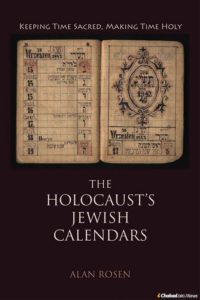
A: Incredibly, the fast days were for the most part included in the Holocaust Jewish calendars. But did the Jews who lived by these calendars really fast in places—the Lodz ghetto, Theresienstadt concentration camp, Auschwitz—where hunger and starvation were rampant? Certainly, under such conditions, they were not obliged to keep the fasts for Jewish law holds that one is not required to risk one’s life in order to keep a fast, even a fast as an important as Yom Kippur. So if most people likely did not fast, why would the fasts be included in the calendar at all?
As far as I have seen, no calendar-maker commented on this inclusion. But my guess is that since the Jewish calendar is such an outstanding vehicle for preserving and transmitting tradition, the calendars included fast days because they, too, are an essential element of tradition, and thus they are an essential element of a Jewish calendar, whatever the circumstances at hand. As a colleague of mine wisely pointed out: If during the Holocaust, Jews could not observe the fast days, the calendars did.
Q: What were some of the unusual materials the calendars were written on?
A: As you might think, it wasn’t easy. The materials in hiding and concentration camps were largely makeshift, most generally some kind of lined school notebook paper obtained by hook or by crook. In Buchenwald in the last of the war, Rabbi Yaakov Avigdor—who was said to have produced a Jewish calendar at every ghetto and camp he was interned in, only to have each calendar in turn be discovered and destroyed by the enemy—Rabbi Avigdor used yellow-tinted cement bag paper. Yet it would seem that the crude quality of the paper did not in the least affect his composition of the calendar, which was set down in elegant Hebrew lettering.
A remarkable Jewish calendar rendered in the midst of wartime Poland shows how far at times one had to go to find suitable calendar-making material. A roughly hewn calendar for 5704 (1944) improvised a Jewish calendar within a Polish one, specifically a Polish pocket calendar for the year 1939 bearing the title Kieskonowy Kalandarz Podrecznik (“Pocket Calendar Companion”). It was sponsored by the camera-film production company, Kodak (“Kodak: foto/kino amatora” reads the calendar’s subtitle), printed in Warsaw and distributed by M. Rabinowitz at 8 Wielka Street in Vilna. Other film-developing vendors throughout Poland brought out the same kind of “Kodak” pocket calendar for this year, the only change being the name and address of the shop proprietor printed inside the title page.
We don’t know who it was that adapted the Polish “Kodak” calendar and substituted, as it were, the names of Jewish months, Jewish fast days and holidays; Rosh Chodesh and the weekly Torah portion. We do know it took incredible vision, imagination and practical acumen to render such a transformation on this seemingly inhospitable “material.” I was simply stunned by the calendar-maker’s ingenuity and the determination to live according to a Jewish calendar, whatever it might take to produce one.
Q: In your book, you delve into the concept of time in Chassidic thought in general, and particularly in the teachings of the Rebbe—Rabbi Menachem M. Schneerson, of righteous memory. How are those teachings relevant to the concerns in your book?
A:The Lubavitcher Rebbe’s teachings constantly, incessantly plumb the significance of any given calendar date and day. I think it’s fair to say that I would never have been so focused on the Jewish calendar’s significance were it not for the Rebbe’s teachings, which give attention to all facets of the calendar’s bearing on life and death, learning and commemoration, creation and redemption—and, above all, the special meaning of any given day, week, month and year. A taste of these teachings can be found in my final chapter, where I discuss his wartime calendar book, Hayom Yom. But his teachings went on for nearly 50 years, woven into the seams of his great corpus of Torah teaching, analysis and meditation. So I tried to adapt his extraordinary insights into sacred time and the Jewish calendar into my project.

